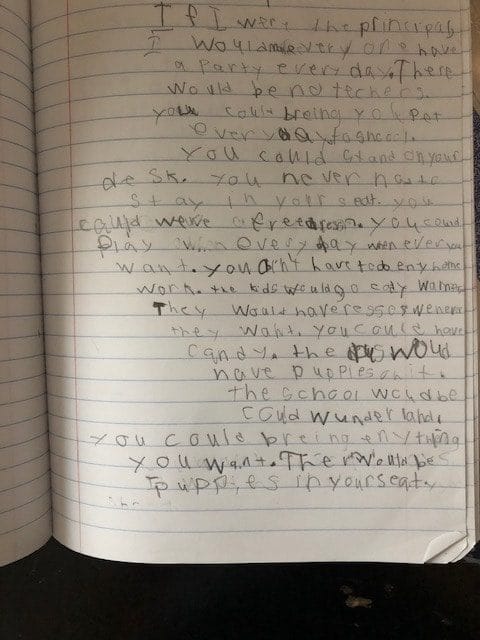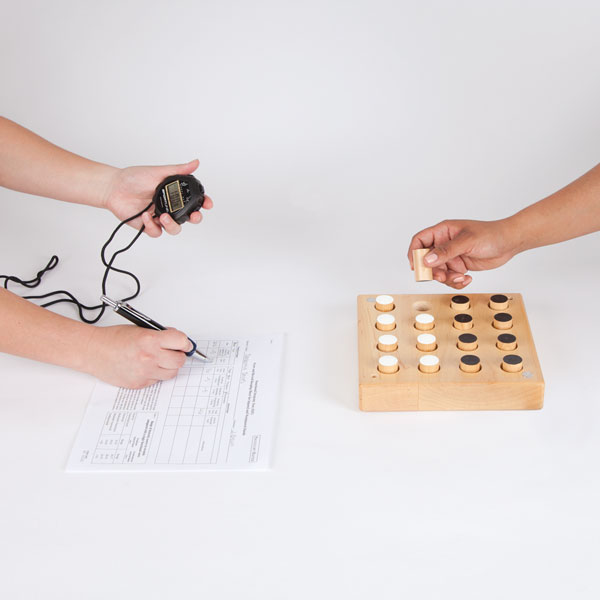- Physical Dexterity Test
- Free Dexterity Test
- Physical Dexterity Test
- Physical Dexterity Definition
- Minnesota Dexterity Test
`Grooved Peg Board Test by Dexterity-Tests Brand: Dexterity-Tests. 5.0 out of 5 stars 1 rating. Price: $123.96 ($123.96 / Count) Grooved Peg Board Test Physical Therapy,Dexterity Tests New (2) from $123.96 + FREE Shipping. Customers also viewed these products. PPDT(Physical Performance Dexterity Test) New Topic Reply to Topic Printer Friendly: Author: Topic: CPSBUS67 Senior Member.
Dexterity is the ability to use your hands skillfully, fluently, quickly, and easily. Why does your child need to master a skill that seems so complicated?
Physical Dexterity Test
This fine motor skill helps kids hold a pencil correctly and, perhaps even more importantly, helps them control that pencil to produce legible writing on a piece of paper!
*This post contains affiliate links. Read more.
Babies are working on dexterity right from the very beginning as their primitive Darwinian Reflex has them grasping your finger when you place it in their palm. Eventually, that tiny baby begins to grasp other objects too. Her grip strength improves, her ability to pick up small objects (think Cheerios!) improves, her ability to move objects within her hand improves, and she can even begin to transfer objects from one hand to the other.
As your baby enters toddlerhood, she gains even more experience with toys and begins to manipulate objects with different size, weight and shapes. She learns to manipulate these objects without dropping them and can purposefully put them into their place (such as in a shape sorter or puzzle). She can isolate one finger to point and to push buttons on toys – or the remote control!
Preschoolers begin to show the power of those Super Fingers as they develop a tripod grasp. For this age, dexterity comes into play as children learn to cut with scissors, become more independent with clothing fasteners, and learn to trace and copy lines and shapes. You will begin to notice that children this age show less movement in their arms, wrists, and hands during fine motor activities and smaller, more fine tuned movements within the hand.
There are so many complex elements of dexterity, but the good news is that there lots of creative and playful ways to work on these skills. If you notice that your child fatigues quickly during fine motor activities or writing or if your child struggles with fine motor skills like cutting with scissors or manipulating small objects, check out some of these great activities for improving dexterity!
Super Easy Fine Motor Skills Activity
Fine Motor Skills: Activities for Preschoolers

At The Inspired Treehouse, we believe that information about developmental skills and child development should be accessible to everyone, not just medical professionals. You won’t find a lot of complicated lingo here – we prefer breaking things down into terms that are a little less intimidating. That’s why we’re bringing you this awesome series: The ABCs of Child Development!
Over the next few months, we’ll be making our way through the alphabet, assigning the letters to different developmental skills. From gross motor to fine motor to sensory and more…when it comes to developmental terminology (and easy-to-understand definitions), you’ll find everything you’re looking for all in one place!
 The following two tabs change content below.
The following two tabs change content below.
- Easy Christmas Crafts & Activities: No Fancy Supplies Needed! - December 6, 2020
- Stocking Stuffer Ideas for Building Motor Skills - November 17, 2020
- 8 Awesome Movement Games for Kids - November 12, 2020

Overview
Free Dexterity Test
Laborers and material movers pack and move freight and stock. Their primary work locations include warehouses and other storage facilities, though they can be employed nearly anywhere where manual labor is necessary. Depending on their work environment, freight, stock, and material movers may be tasked with loading products on a conveyor belt or on and off of vehicles, which can be physically draining work. Many laborers and material handlers must also be able to master working with different types of machinery. There are usually no minimum education requirements for these positions.
Physical Dexterity Test
Assessments for Laborers and Material Handlers
While physical prowess is a key component of the job, employers need to examine other traits when looking to hire laborers and material handlers. Hiring managers for these positions generally look for reliable, productive people who can follow directions, and are honest and dependable. It is common for employers to utilize a behavioral risk assessment to fill these positions, such as the Workplace Productivity Profile (WPP). The WPP assesses an individual's work habits, likeliness to adhere to rules, and attitudes toward counterproductive workplace behavior, such as fraud, absenteeism, and time-wasting. It is an effective means of mitigating risk with regards to harmful work behaviors that can represent an expensive liability for employers and have an adverse affect on productivity. If laborers are going to be working with machinery, employers may also want to consider administering the Wiesen Test of Mechanical Aptitude (WTMA), a test that measures an individual's comfort level with machines and tools, and aptitude for learning how to use and maintain many different kinds of equipment and machinery. (Read our whitepaper to learn how testing can help close the skills gap by identifying potential.)
Physical Dexterity Definition
If you're an employer interested in previewing these tests, start a 21-day free trial.

Minnesota Dexterity Test
Source: U.S. Department of Labor
